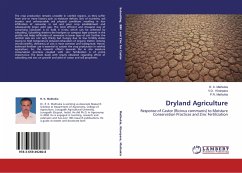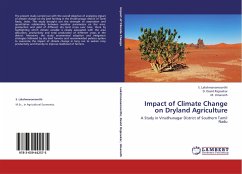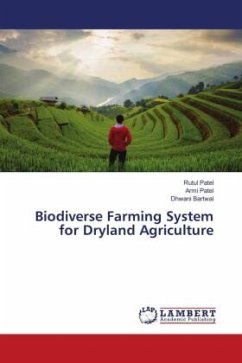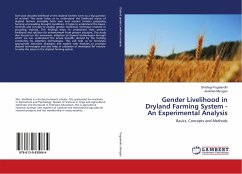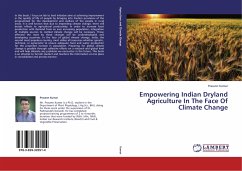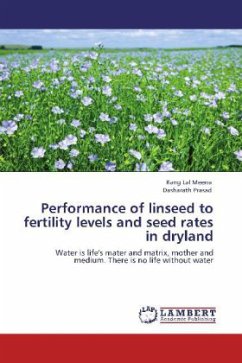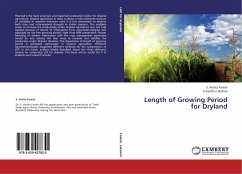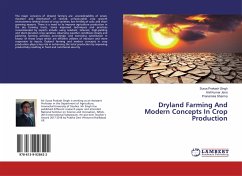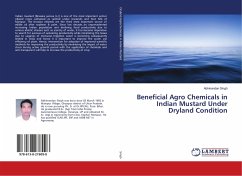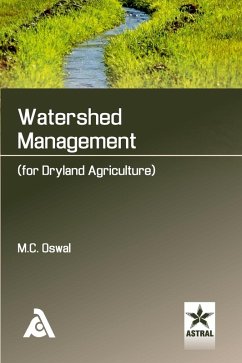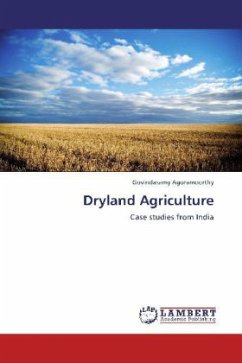
Dryland Agriculture
Case studies from India
Versandkostenfrei!
Versandfertig in 6-10 Tagen
39,99 €
inkl. MwSt.

PAYBACK Punkte
20 °P sammeln!
India s Green Revolution has evolved at an environmental cost, which is perhaps irreversible. The country now follows a rapid development path, which is similar to the past growth patterns of most developed nations. Whether or not such a fast growth blueprint would be eco-friendly under local conditions is questionable since hasty economic growth tends to influence environmental degradation. India is a land of villages with 700 million people living in over 600,000 villages. The author, who is Tata Visiting Chair, has conducted long-term research on sustainable agriculture across India s dryla...
India s Green Revolution has evolved at an environmental cost, which is perhaps irreversible. The country now follows a rapid development path, which is similar to the past growth patterns of most developed nations. Whether or not such a fast growth blueprint would be eco-friendly under local conditions is questionable since hasty economic growth tends to influence environmental degradation. India is a land of villages with 700 million people living in over 600,000 villages. The author, who is Tata Visiting Chair, has conducted long-term research on sustainable agriculture across India s drylands. In this monograph, the author has examined how India s remote drylands can be transformed to achieve a Sustainable Green Revolution to meet India s future food demands without creating serious negative consequences to nature. If the model highlighted is adopted across the drylands of developing nations, it would certainly increase agriculture output, guarantee food security, protect nature, and above all, wipe out the greatest insult to human dignity poverty.



